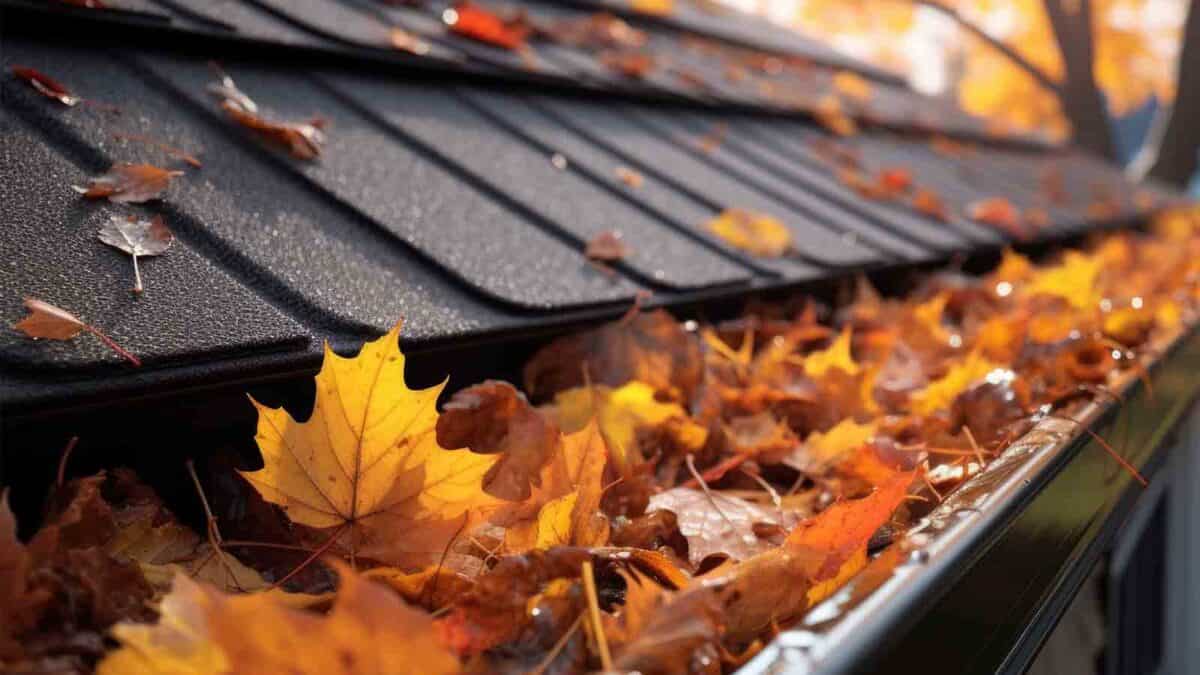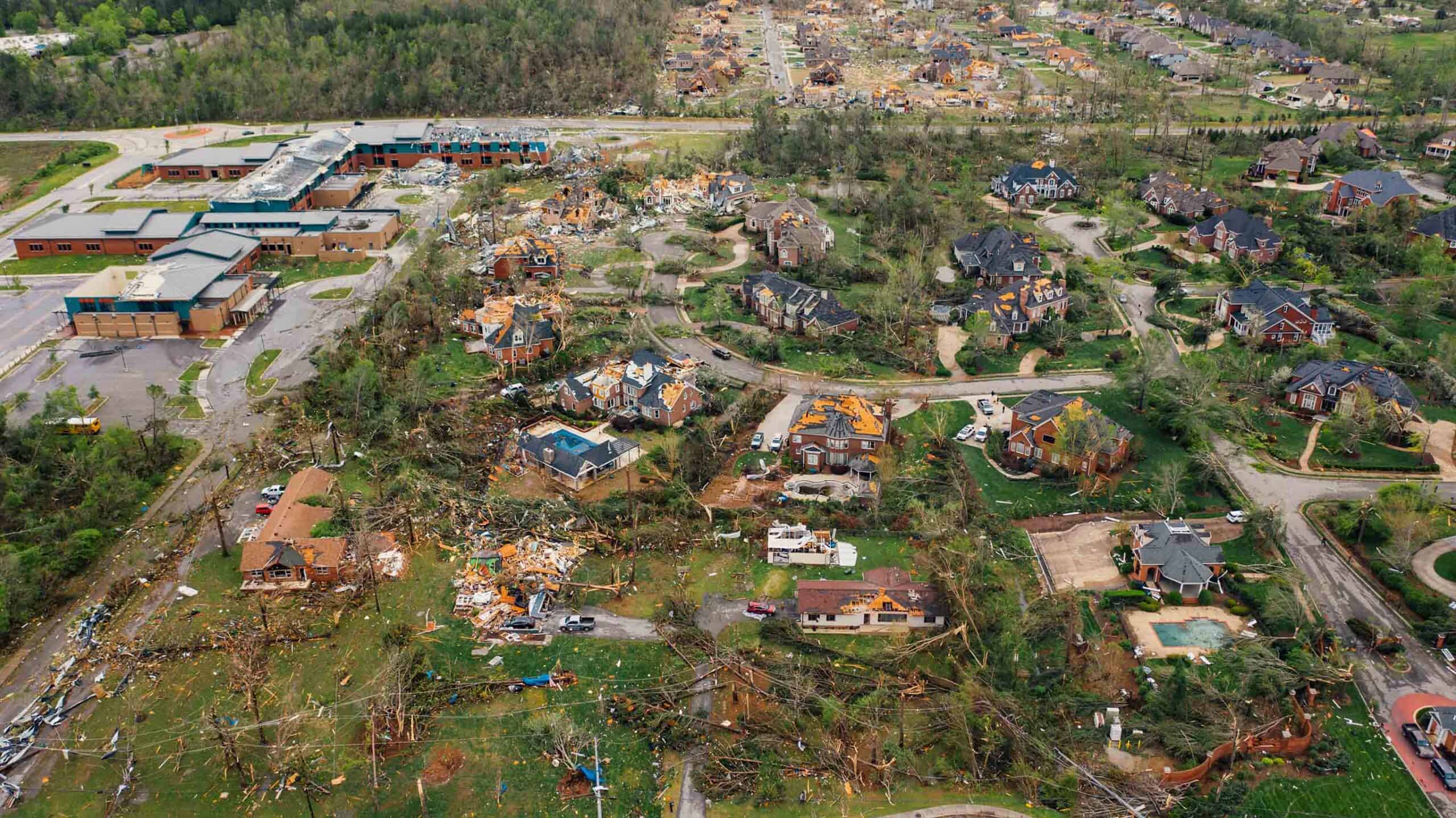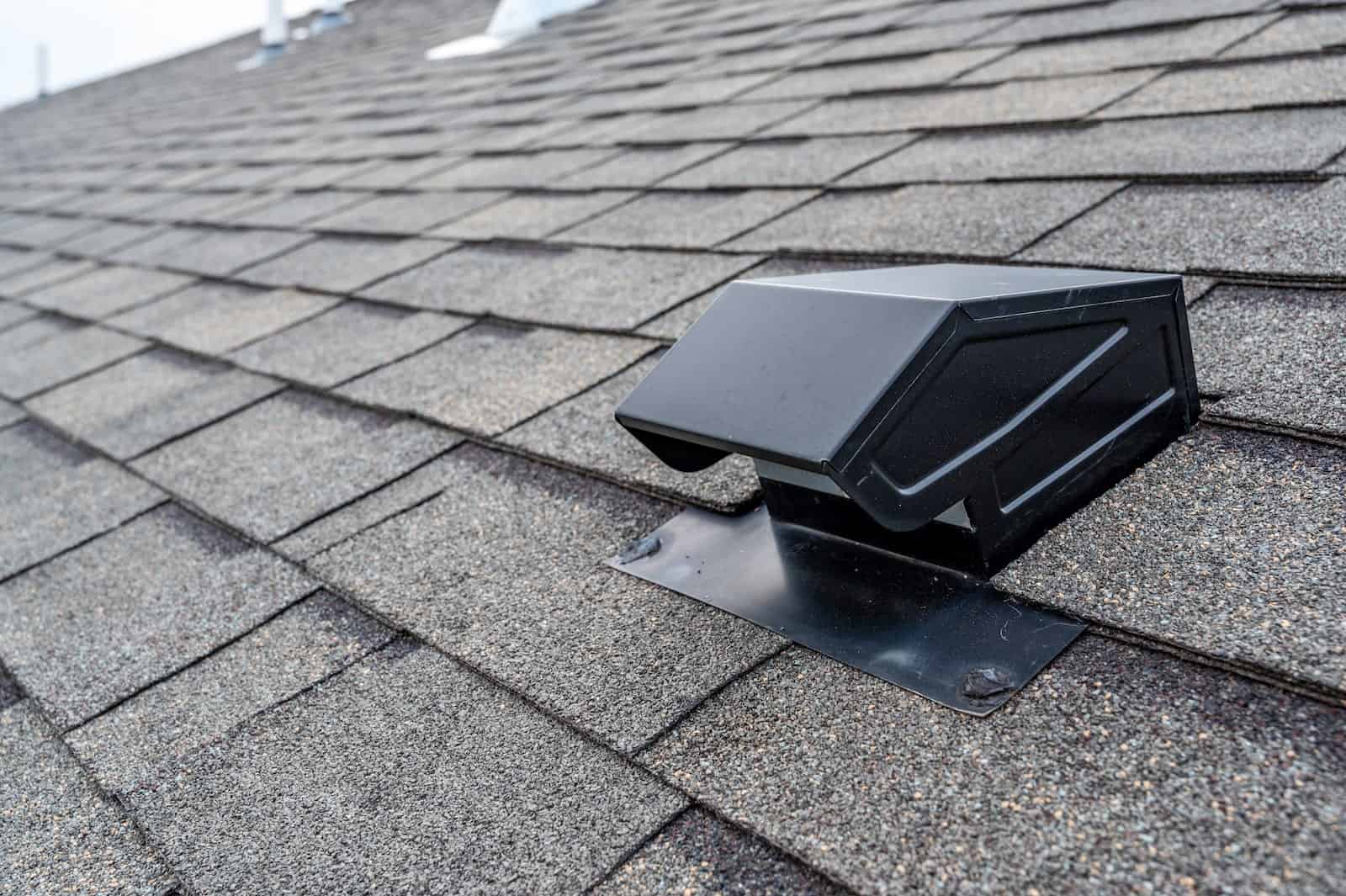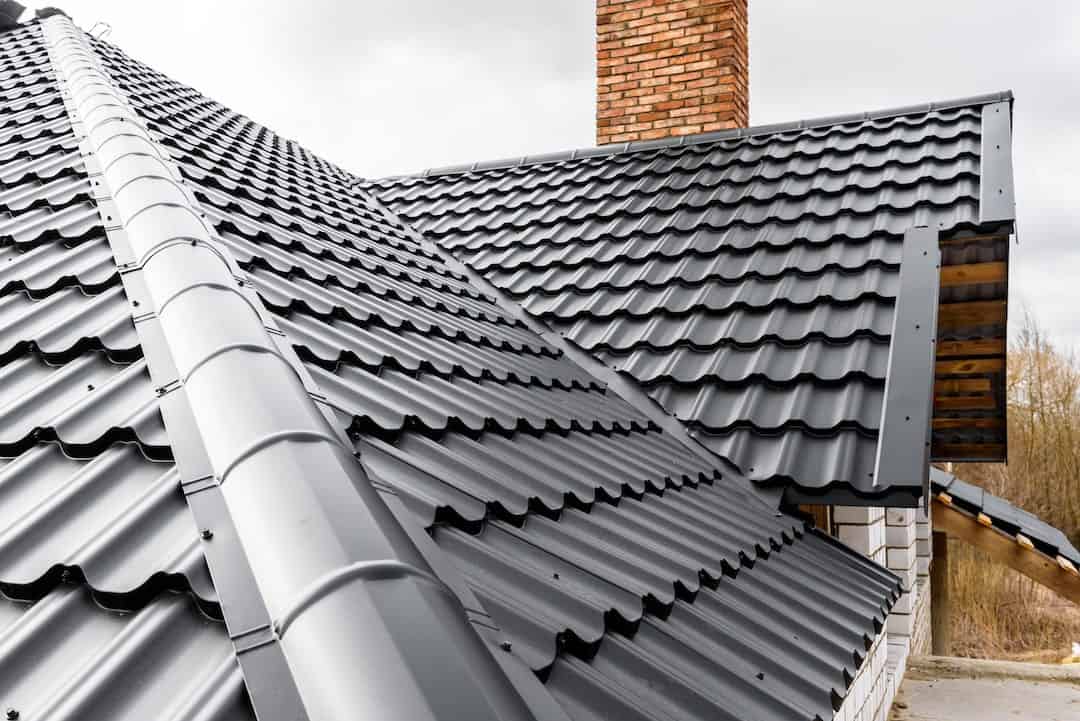Debunking the Fall/Winter Roofing Myth
“A lot of people think spring and summer are the best times to repair or replace your roof. Spring and summer are definitely the busiest times of year, but not always the best time.” – Alden Echols, Co-Owner, President of Operations, Master Roofer
You probably don’t see many roofing contractors up on top of houses when you’re out on your winter strolls through the neighborhood. It’s true that fall and winter are slower seasons for roof repair and replacement, but the idea that you shouldn’t get your roof taken care of during that time of year is actually a complete misconception.
Winter is the harshest time for a roof, with severe weather, low temperatures, and a greater need than ever to keep your family safe and protected inside a secure home. If you’ve noticed even minor problems with your roof, the time to get it fixed is now – don’t wait for winter to wreak more havoc.
The Harsh Reality of Winter for Your Roof
“Winter is the absolute harshest time on your roofing system. If you have a roof problem that you’re putting off – don’t stretch it until spring. Snow and ice can make a small roof problem a big roof problem.” – Alden Echols, Co-Owner, President of Operations, Master Roofer
While other areas of the country may be strangers to snow, Virginia welcomes a high average of snowfall every year. Snow can add considerable weight to a roof, which can be problematic if the roof is already weakened or damaged. Roofs are designed to support a certain amount of weight, and excessive snow accumulation can exceed this capacity, leading to structural issues or even a collapse.
In areas like Atlanta, where snow isn’t so common, you should be wary of roof storm damage during the fall and winter. Oftentimes, the south experiences rain instead of snow, and that can be equally problematic for roofs with tears, punctures, or blocked gutters.
Damaged roofing materials, such as cracked or missing shingles, holes, or gaps, provide easy entry points for melting snow or rain. This can lead to water damage to ceilings, walls, insulation, and electrical systems, causing further damage to your home. Proper maintenance and preventative measures are crucial to protecting your roof during the winter months.
The Benefits of Fall/Winter Roof Replacement
“In the fall and winter, our business, like the rest of the industry, tends to slow down. Supply is still available, but demand is down, so you can get a competitive price for materials and installation.” – Alden Echols, Co-Owner, President of Operations, Master Roofer
Another misconception about roof replacement during the winter is that it’s more expensive, but in fact, the opposite is true. Because there’s lower demand but materials and contractors are as available as at any other time of year, prices are much lower in the fall and winter.
In fact, there’s typically such an abundance of high-quality materials and skilled labor that goes unused during this time that you might be quoted a still-lower price simply because they’re wasted otherwise.
You can also be sure that you can get your roof replaced on time during the winter. With wide-open schedules, roofing experts are free to devote their time and resources to your home, getting the project done more efficiently and to just as high a standard. The downsides are few when it comes to roof replacement in the fall or winter.
Preparing Your Roof for Winter: What You Need to Know
If you suspect your roof has incurred damage within the last year, you should schedule an inspection as soon as possible to have an expert examine your roof and provide you with a quote. These are some signs that you have a roof in need of repair or replacement:
- Age: Most roofing materials have a limited lifespan, typically between 20 to 30 years. If your roof is approaching or has exceeded its expected lifespan, it’s time to consider a replacement.
- Missing or Damaged Shingles: Inspect your roof for missing, cracked, curled, or broken shingles. Damaged shingles can allow water to penetrate, leading to leaks and potential structural damage.
- Visible Roof Leaks: If you notice water stains on your ceilings or walls, it’s a clear sign of a roof leak. Roof leaks can also manifest as damp or moldy spots in your attic or on the underside of the roof deck.
- Rotting or Mold Growth: Check for signs of rot or mold growth, especially on wooden roofs or in areas where moisture tends to accumulate.
- Excessive Energy Bills: A roof with poor insulation or ventilation can lead to higher energy bills. If your heating and cooling costs have increased significantly, it could be due to an inefficient roof.
- Gutter Issues: Damaged or clogged gutters can lead to water overflow, which can damage the roof’s fascia and soffit and potentially affect the roof itself.
- Persistent Ice Dams: Frequent ice dams forming along the roof’s edge can signal insulation and ventilation problems that need to be addressed.
- Increased Noise: If you notice more noise from rain or hail hitting the roof, it could be a sign that the roof’s protective layer has deteriorated.
A professional roofing contractor can assess the extent of the damage and determine whether repair or replacement is necessary. Getting a roof inspection in an essential part of preparing your roof for winter, as they can identify areas of damage that cannot be seen by a naked or untrained eye. Once you have all the information you need from an inspection, you can get started on a proper replacement completed by experts.
However, there are also some measures you can take to prepare your roof for winter to ensure it can withstand the harsh weather conditions and prevent costly damage. Homeowners can maintain their roofs in winter by:
- Clean Gutters and Downspouts: Clear your gutters and downspouts of leaves, debris, and ice dams. Clogged gutters can lead to water backup and ice dam formation, which can cause roof leaks and damage.
- Trim Overhanging Branches: Trim any overhanging branches near your roof to prevent them from falling onto it during heavy snow or ice storms. Falling branches can cause significant damage.
- Check for Leaks: Regularly check your attic and ceilings for signs of leaks or water damage. If you notice any, address them immediately to prevent further damage.
- Maintain Ventilation: Ensure that your roof and attic have adequate ventilation. Proper ventilation helps regulate the temperature and moisture levels in your attic, reducing the risk of ice dams and extending the life of your roofing materials.
- Remove Snow Buildup: After heavy snowfall, use a roof rake or long-handled broom to carefully remove excess snow from your roof. Start from the edge and work your way up to avoid damaging the shingles. Do this only if it can be done safely from the ground or with proper equipment, as climbing on an icy roof can be dangerous. If you have significant snow accumulation on your roof that you can’t safely remove yourself, consider hiring a professional roofing company to do it for you.
Remember that safety should be your top priority when maintaining your roof in winter. If you’re unsure about any aspect of roof maintenance, it’s best to consult with a professional roofer who has the necessary experience and equipment to safely address your roof’s needs.
SlopePro Roofing: Your Fall/Winter Roofing Experts
SlopePro Roofing is a third-generation roofing company that has its roots right here in Virginia, and Georgia. We know the weather of this area better than anyone, and we can work with you to determine just how rough it will be on your roof. Especially with many older homes in the area, your roof may be reaching the end of its life, which means it’s time to consider replacement before snowstorms cause a bigger problem.
We remain committed to quality and customer satisfaction, which is why we match the warranty on materials with a warranty on the work we do. With the attention we’ll provide to your roof this winter, you can rest assured that you can stay safe and cozy in your home all season long.
Fall or Winter Roof Replacement FAQs
Why is it cheaper to replace a roof in the fall/winter?
Because demand is lower but materials and labor are readily available, roofing companies are more willing to lower their prices so they can have projects on the schedule during this time and materials are not wasted.
How can I identify if my roof needs replacement before winter?
The best way to identify any issues with your roof is with a professional roof inspection. However, there are some signs you may notice that your roof needs replacement, like leaks or torn shingles.
Is it safe to replace a roof in the winter?
If your job is completed by an experienced and professional roofing contractor, winter is just as safe as any other time of year to get your roof replaced.
Closing
As you look ahead to the coming fall and winter months, it’s critical to consider the state of your roof, because damage will cause much more severe problems under poor weather conditions. These seasons are an ideal time for roof replacement, because it prevents those problems from ever happening at all, and you can cuddle up by the fire without sparing a single thought for your roof’s condition as the snow falls outside.
Whether you’re concerned about the current state of your roof or not, homeowners should get in touch with SlopePro Roofing before winter sets in. Getting professional eyes on your roof is the only way to be totally sure that no harm will come to your home. Contact us by calling 804-251-3006 or filling out our form online today.




